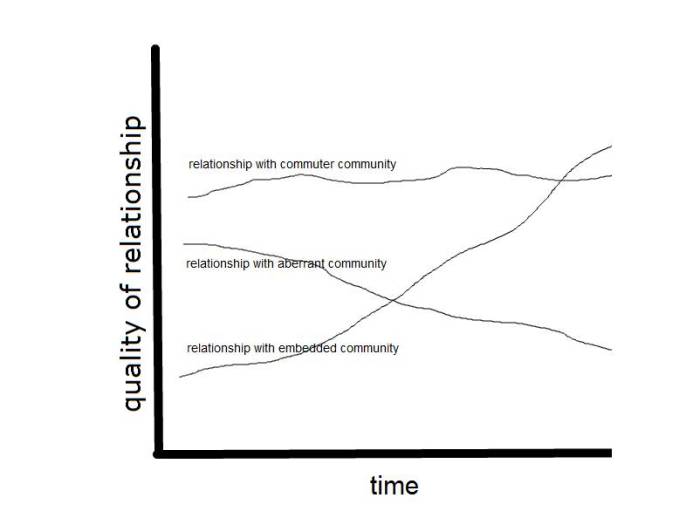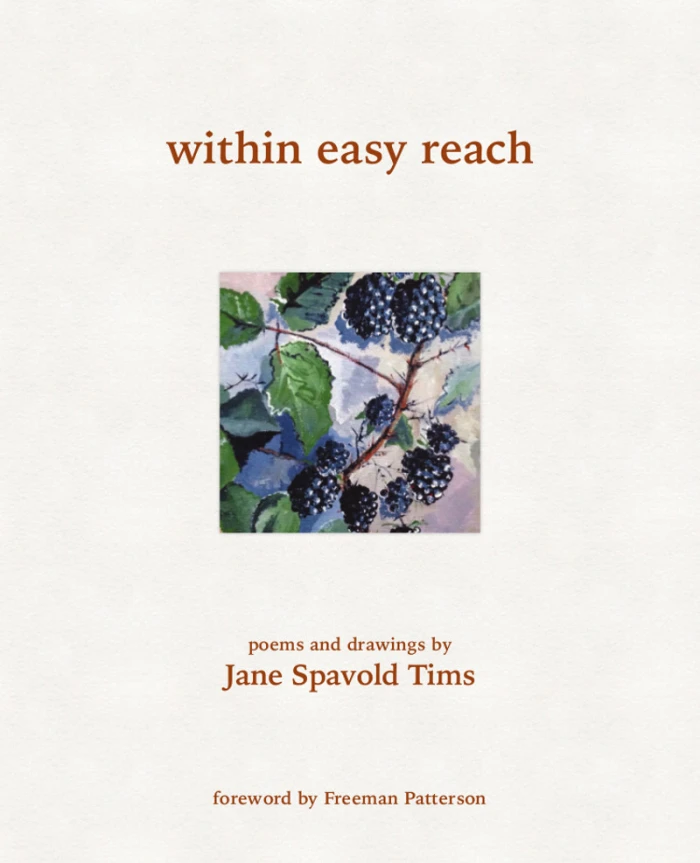writing a novel – the community as a character
One of the first things I did as I was beginning my novel is create character sketches for the people in my book. By knowing as much as possible about the characters, I knew how they would react in any circumstance.
As I wrote, I began to wonder of the community itself could be a character in my book. Communities certainly have characteristics… they may be tolerant or intolerant, modern or traditional, rural or urban and so on. Sometimes a community has a mixture of these characteristics.
Famous examples of books where the community has character include Harper Lee’s To Kill a Mockingbird (J. B. Lippincott & Co., 1960) and Peyton Place by Grace Metalious (Julian Messner, Inc., 1956).
People in the community in my book will respond to the abandonment and disposal of a church both as individuals and as members of the community. In any community, places of worship are important. Churches are important to the community for their religious significance, but also for their historical connections.
Communities in rural New Brunswick, as elsewhere, are not homogeneous. In my own community, there are people whose families have lived here for generations. Other families have just moved here, attracted by the community’s rural character and by its nearness for commuting to work. Sometimes this heterogeneity is a source of divisiveness in a community. More often people from these different parts of community live together in harmony, coming together for school events, community sports or just neighborliness.
The community in my novel will also be heterogeneous, composed of people of different backgrounds and interests. For simplicity’s sake, I am thinking of them in three categories.
1. Many of the characters in the community will be part of the ’embedded community’, people whose families have lived in the community for generations. These will include most of the members of the church congregation.

folks who were born and raised in the community
they all have good eyesight or wear contacts
second from the left is the Minister, Oliver Johnston
2. Other characters will belong to the ‘commuter community’. These will be people who have moved into the community from away. They love its rural qualities. The community is also near enough to the city for them to be able to work there.

the one on the right is my main character
the man to the left of my main character is her husband… looks a little like a movie star from the 50s
I went to university with the lady on the far left
Of course, within these groups will be people who have their own interests and loyalties. For example, there may be members of the commuter community who fit very well with the embedded community. There will be those who are part of the congregation of the Landing Church and those who are not, those who will be interested in the church because of its historic importance and those who are not that interested in preserving its history.
3. There will also be a negative element in the community in my book. This element will behave very badly and I think of this as the ‘aberrant community’.
~
To help me plan the interactions between these three community components and the main character, I made a graph to guide my main character’s relationships through the book.
~
I want the protagonist’s relationship with the aberrant component of the community to begin on a neutral note and deteriorate with time.
Her relationship with the commuter component of community will begin high and remain that way throughout the book.
A main source of tension in the book will be her relationship with the embedded component of community. At first, she is an outsider who thinks she can solve everything by moving and re-purposing the church, and her relationship with the embedded community is very poor. However, during the book, she learns to be more understanding about the community and they learn she is not really so bad after all. This relationship will grow in a positive direction during the book.
As I write, I will check with my time-line to see if the relationships I am writing about are staying true to my graph.
~
Copyright Jane Tims 2012






















This is so fascinating, Jane. Thanks for sharing the process with us. (I think he looks a bit like Spock, too.)
LikeLike
Robin
December 22, 2012 at 2:33 pm
Hi. Thanks. Poor Spock should be insulted… he was always a good guy!!! Jane
LikeLike
jane tims
December 23, 2012 at 9:25 pm
Hi Jane, what an interesting process you are sharing with us here… I love your little sketches, what a clever way to develop and find the characters,through creating visual images of them! good luck and we are here to cheer you on as you continue! blessings, SB
LikeLike
singingbones
December 14, 2012 at 3:11 pm
Hi. Thanks for all the encouragement. I also prepare a written sketch for each character. Add this to the pencil sketch and I get to know them very well. Jane
LikeLike
jane tims
December 14, 2012 at 11:06 pm
I’m never written fiction–so I’m not sure how authors typically develop characters, timelines, etc.– but I’m really impressed with how you are approaching it.
LikeLike
Sheryl
December 14, 2012 at 12:20 am
Hi. Thanks for the encouragement. Jane
LikeLike
jane tims
December 14, 2012 at 9:10 am
Ed Blake, a.k.a the ‘bad guy’; a.k.a ‘Spock”, a.k.a ‘Leonard Nimoy’. Me thinks you have a secret crush on Spock and wrote him into your book using a pseudonym to hide who he really is. See? Check out this link

LikeLike
JD
December 13, 2012 at 10:52 am
Hi. I have always loved the Spock character (Star Trek and LOST are my all-time favorite shows) and I am a fan of Leonard Nimoy. But the resemblence is unintentional. Just one of those look-alikes we all seem to have!!! Jane
LikeLike
jane tims
December 13, 2012 at 10:29 pm
Sure … sure …. whatever you say 🙂
LikeLike
JD
December 14, 2012 at 12:25 pm